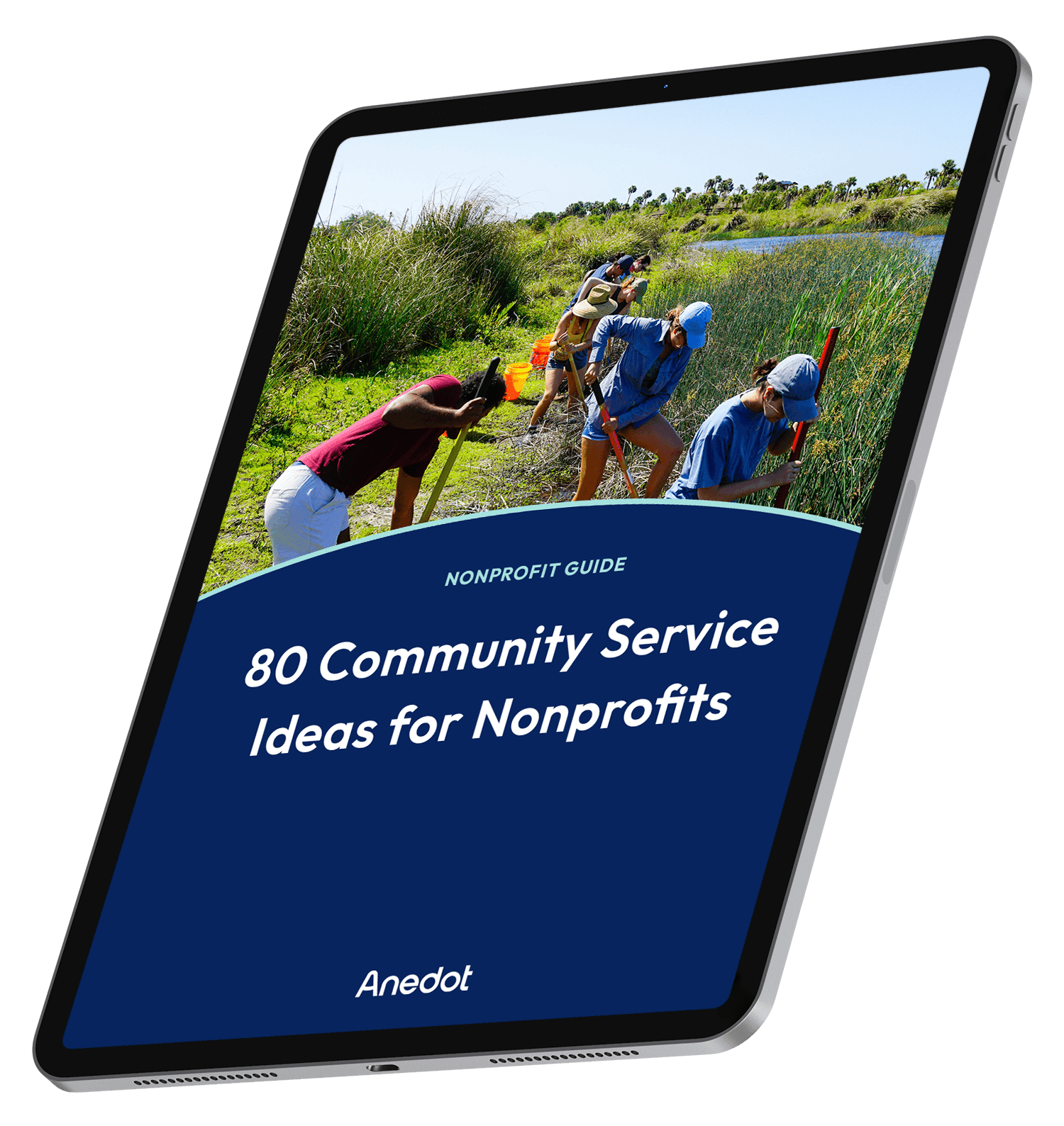Are you interested in how to become a 501c3? Look no further. In this blog post, I’ll walk you through the exact steps on starting a 501(c)(3).
Before we proceed, allow me to disclaim that I am not a tax attorney or an accountant.
This blog post is not legal advice. The purpose of this post is simply to explain the basics of 501c3s and how to start one - in plain english.
I should also note that different states have different requirements. Make sure you research the IRS’s guidelines thoroughly and/or get help from an expert.
What is a 501c3?

One of the most common legal classifications for nonprofit organizations is a 501(c)(3).
In order to receive tax deductible donations, your organization must be registered as a nonprofit organization. That includes a few different types of legal classifications including the 501c4 and what we’ll be digging into in this post: the 501(c)(3).
A 501(c)(3) is geared more towards religious groups, charitable organizations, educational institutions, and scientific research organizations. Aside from some voter registration initiatives, political activities should not be performed by 501c3s.
On the other hand, a 501c4 is for social welfare groups, and they may engage in some political activities. That said, the 501c4 designation still doesn’t permit organizations to fully engage in political activities.
If your goal is to fundraise and spend money on political activities, you’ll want to form a 527, or a Political Action Committee (PAC).
A good rule of thumb: If you’re a church, school, or charity, you probably qualify as a 501(c)(3). If you’re providing education, you also likely qualify for 501(c)(3) status. Anything out of those parameters will most likely fit in one of the other categories mentioned above.
If you want to get involved in elections or other political initiatives, you’ll need to look into the other types of advocacy groups.
Why start a 501c3?
There are many benefits to starting a 501(c)(3), but there are two that stand out.
1. 501c3s are tax-exempt. This means that they do not have to pay income tax, property tax, or sales tax.
This is a huge benefit to nonprofits. It allows them to use 100% of their resources to do good!
2. Donations to 501c3s are tax deductible. This is a significant benefit to the donors. Generally, it allows a donor to deduct up to 50% of their adjusted gross income.
That means they can support organizations doing good work AND save on taxes. Win-win!
The 6 steps to start a 501(c)(3)

Now that we’ve established the what and the why, let’s dig into the how.
Step 1: Define the purpose your organization
You’ll need a name for your organization. Make sure the organization name is unique. You can verify that the name is unique by checking your state’s files. This is typically on your Secretary of State’s database.
Hint: Perform a web search for “[your state] secretary of state organization name search”
Additionally you’ll need a mission statement. This will be the guiding light for you, giving your organization a goal and a mission to work towards.
Having trouble coming up with a good mission statement? Take a look at my blog post where I example the ins and outs of what makes a great mission statement.
Step 2: Form a board of directors
The next step is to form a board of directors. The board should consist of other people passionate about your mission. While not every state requires 501c3s to list board members in the paperwork, it’s still a good idea to form a board. The board of directors will help drive the vision of the mission, all while providing wisdom and insights for the organization.
Some states require a minimum of three board members. Even if three board members are not required in your state, we still recommend that you pick at three. This will help spread out the legal, financial, PR, and marketing responsibilities.
Step 3: Write your bylaws
Bylaws are required for the 501(c)(3) tax exemption application, so you’ll definitely need these drafted and ready to go. The board members will need to review and adopt these bylaws before they’re official.
Hint: Perform a web search for “nonprofit bylaws template”.
Step 4: File your articles of incorporation
If you’ve made it this far - great job! By now you’ve developed an organization name, a mission statement, formed a board, and have drafted your bylaws.
This next step will require you to file all of this information with the state where the organization will operate. The paperwork will vary state by state, so make sure you review your state’s requirements carefully. Typically, you’ll be able to download the needed forms from your state’s Secretary of State’s website.
Now at this point, your organization is still not tax exempt. That comes in Step 6. After the articles of incorporation have been filed with the state, you only have a couple more items to check off the to-do list.
Step 5: Apply for a Employer Identification Number (EIN)
This step is fairly straightforward and can be completed reasonably quickly. Just do a web search for “Apply for an Employer Identification Number”.
Hint: Watch out for scam websites. Make sure you are on the official .gov website.
Step 6: File for tax exempt status
Once you’ve completed steps 1 - 5, you should have everything you need to file for tax exempt status, i.e. a 501(c)(3)!
You will need to go to the IRS website and file Form 1023.
Be aware that this is a hefty 28 page form. Once you include all the accompanying required paperwork, you may have a small book! In all seriousness, this is a long form, so expect to spend a few days filling out the form and answering all the questions.
Your next steps
Once you achieve 501(c)(3), you will be able to avoid taxes, accept donations, and move forward with the mission of your organization.
If you don’t have a way to accept donations online, simply click the sign up button in the right hand corner of our website. We’ve been around for more than 12 years and have helped 25,000+ organizations receive donations online.

80 Community Service Ideas for Nonprofits




















